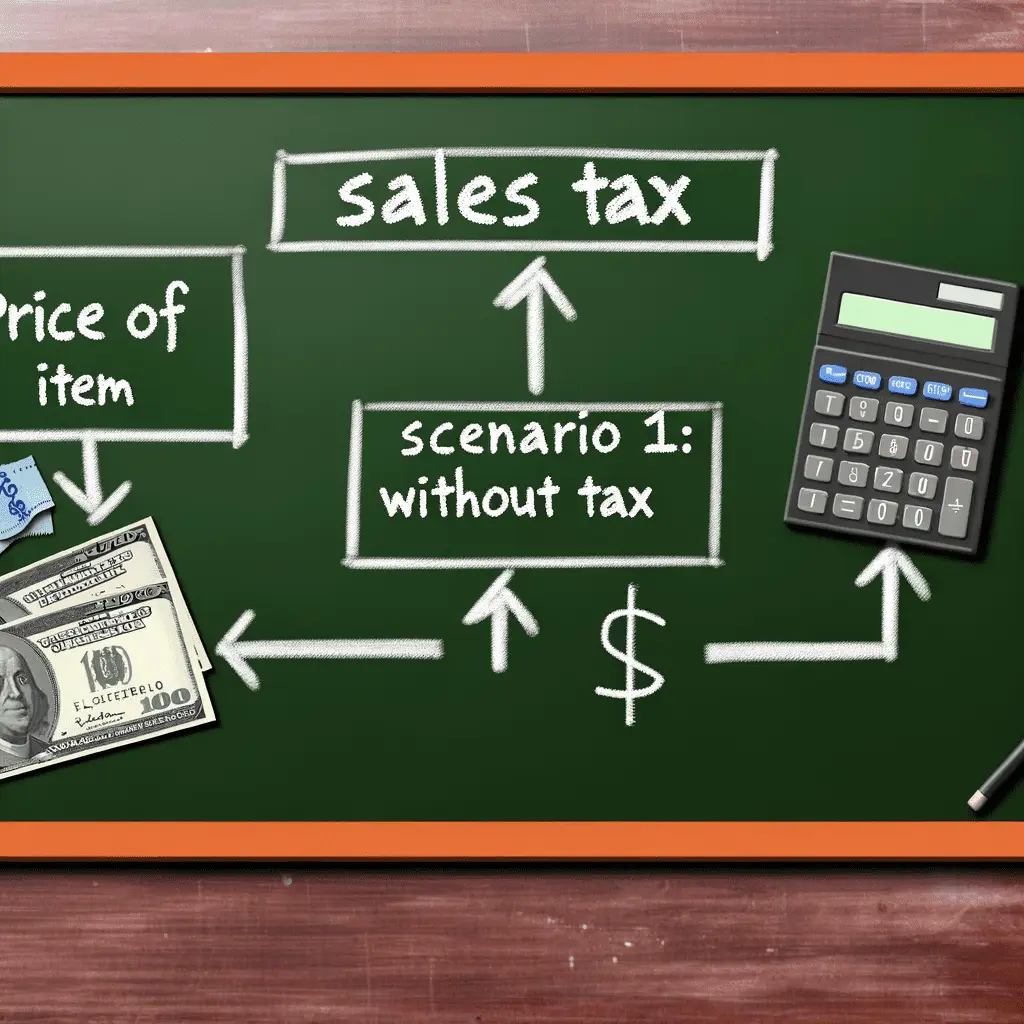In an increasingly interconnected North American marketplace, understanding the nuances of regional tax systems is vital for businesses. Vendors operating across the U.S. and Canada must navigate the complexities of U.S. sales tax and Canadian GST/HST. These taxes are fundamental to the pricing, compliance, and overall strategy of any business looking to thrive in both countries.
Comparing U.S. Sales Tax to Canadian GST/HST for Vendors
The United States employs a sales tax system that varies significantly from one state to another. Each of the 45 states that implement sales tax, along with the District of Columbia, sets its own tax rates and regulations. This decentralized approach means that vendors must pay close attention to local tax laws, which can differ not only in rates but also in what items are taxable. Additionally, some municipalities impose their own sales taxes, adding another layer of complexity for businesses.
In contrast, Canada employs a more streamlined approach with the Goods and Services Tax (GST) and the Harmonized Sales Tax (HST). The GST is a federal tax set at 5%, while the HST is a combination of the GST and a provincial sales tax, applicable in several provinces at rates ranging from 13% to 15%. This system simplifies compliance for vendors because it centralizes the tax structure, eliminating the variability seen in the U.S. While the Quebec Sales Tax (QST) operates independently, it still aligns closely with the GST in terms of administration.
For vendors, understanding these systems is crucial for pricing strategies. In the U.S., the complexity can lead to higher administrative costs due to the need for precise, location-specific tax calculations. Conversely, the Canadian system, while not entirely uniform, offers a more predictable framework, allowing businesses to streamline their tax compliance processes. This can result in more straightforward pricing models and potentially lower administrative burdens.
Key Differences and Implications for North American Businesses
One key difference between the U.S. sales tax and Canadian GST/HST is the point of taxation. In the U.S., sales tax is typically added at the point of sale, making it a transaction-based tax. This requires vendors to collect the tax at the time of purchase and remit it to the respective tax authorities. This system necessitates robust point-of-sale tax calculation mechanisms, particularly for businesses operating in multiple states.
In Canada, the GST/HST is also a transaction-based tax but operates under a value-added tax (VAT) model. Vendors charge GST/HST on their sales and can claim input tax credits for the GST/HST paid on business expenses. This mechanism allows businesses to offset the tax paid on inputs against the tax collected on sales, effectively reducing the overall tax burden. For vendors, this can mean better cash flow management and potential cost savings, as they can reclaim taxes paid on purchases related to their business activities.
The implications of these differences are significant for cross-border businesses. U.S. vendors must juggle multiple state tax regimes, each with its own reporting requirements, potentially increasing compliance costs and administrative burdens. Canadian businesses, on the other hand, benefit from a more unified system, with the primary challenge being the reconciliation of input tax credits. For vendors operating in both markets, understanding and adapting to these differing tax structures is essential to maintain compliance and optimize financial performance.
Navigating the tax landscapes of the U.S. and Canada is no small feat for vendors. The decentralized nature of U.S. sales tax contrasts sharply with Canada’s more unified GST/HST system, each presenting unique challenges and opportunities. As businesses expand their reach across North America, a thorough understanding of these tax frameworks becomes indispensable. By leveraging knowledge about these systems, vendors can better manage compliance, streamline operations, and optimize their market strategies.

